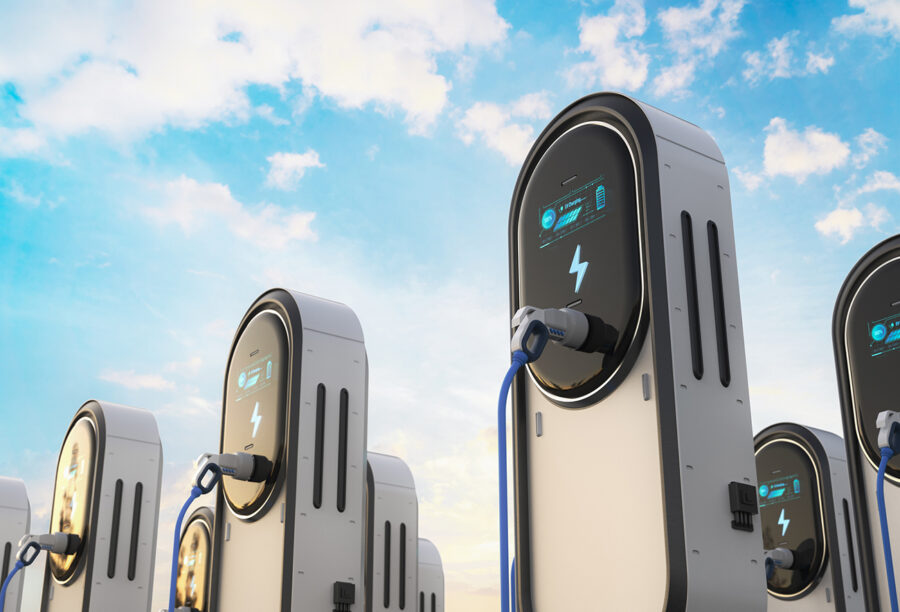The continuing strike by union workers against the Big Three automakers is prompting questions about whether their unprecedented work stoppage will slow down growth in the electric vehicle market.
Wharton management professor Rahul Kapoor said the short answer is yes, because the strike adds another strain on a market that has yet to find solid ground. The higher price of EVs compared with gas-powered vehicles, the nascent charging infrastructure, and the automakers’ learning curve are the biggest obstacles to widespread EV adoption by American consumers.
“We’ve been at the emergence of the EV market for more than two decades, and we were just about to start the take-off of the growth process here in the U.S., and now we are in the midst of the strikes,” Kapoor told Wharton Business Daily on SiriusXM. (Listen to the podcast.) “It’s really creating a disequilibrium in terms of the demand side and the supply side in EVs. And clearly within a competitive context, the Big Three are likely to be disadvantaged, at least in the short-term, in the EV market.”
“The ones who wanted to get in have already gotten in earlier on.”— Rahul Kapoor
The Strike Isn’t the Only Challenge for Automakers
General Motors, Ford, and Stellantis are facing a number of headwinds in their quest for EV dominance. They lag far behind Telsa, which sold 243,800 units and generated $40.6 billion in revenue last year, according to Statista. The EV market is rapidly rising, with a projected annual growth rate of more than 10%.
The current strike by 4,000 members of the United Auto Workers (UAW) is the first in history to happen to all three unionized manufacturers at once. But Kapoor said the economy is an even bigger impediment to growth than the strike.
“We are in an environment of high interest rates, high inflation, and consumers are taking more of a wait-and-see approach in terms of their decision whether to adopt EVs,” he said. “The ones who wanted to get in have already gotten in earlier on.”
The Future of Electric Vehicles in the U.S.
The Biden administration has committed $7.5 billion to build public charging stations across the U.S., which should ease worries about how to charge EVs, especially on longer trips. And more entrants have joined the market, which should spur consumer demand by pushing down prices. Neither has happened yet.
Kapoor, who is also chair of the Wharton management department, said automakers are still figuring out how to build up their consumer value proposition along with their technology.
“If you keep changing strategies every year or two, you’re slowing down the path to making progress.”— Rahul Kapoor
“We’ve made great inroads. More investments have to be done,” Kapoor said. “Pricing is still a pain point for mainstream adoption, and the fact that many automakers are still in the early phase of their learning curve. The charging infrastructure and the cost structure need to be much more in harmony for easier adoption to materialize.”
Widespread adoption also means reaching consumers at the lower end of the income bracket, and EVs are a harder sell to that segment because they are so much more expensive than gas-powered vehicles. That pricing gap will narrow with time, Kapoor said, but automakers and dealers still face a challenge in trying to convince buyers of the long-term savings of EVs.
In fact, there is no shortage of challenges for the EV market, according to the professor. He recommends automakers find a path and stay the course.
“Any industry that is going through a disruptive shift, I think from a management perspective, one needs to have a clear, persistent strategy, and you cannot flip-flop based on what the short-term considerations in the marketplace might be,” he said. “These strategies take three years, five years, maybe 10 years to materialize. And if you keep changing strategies every year or two, you’re slowing down the path to making progress.”



